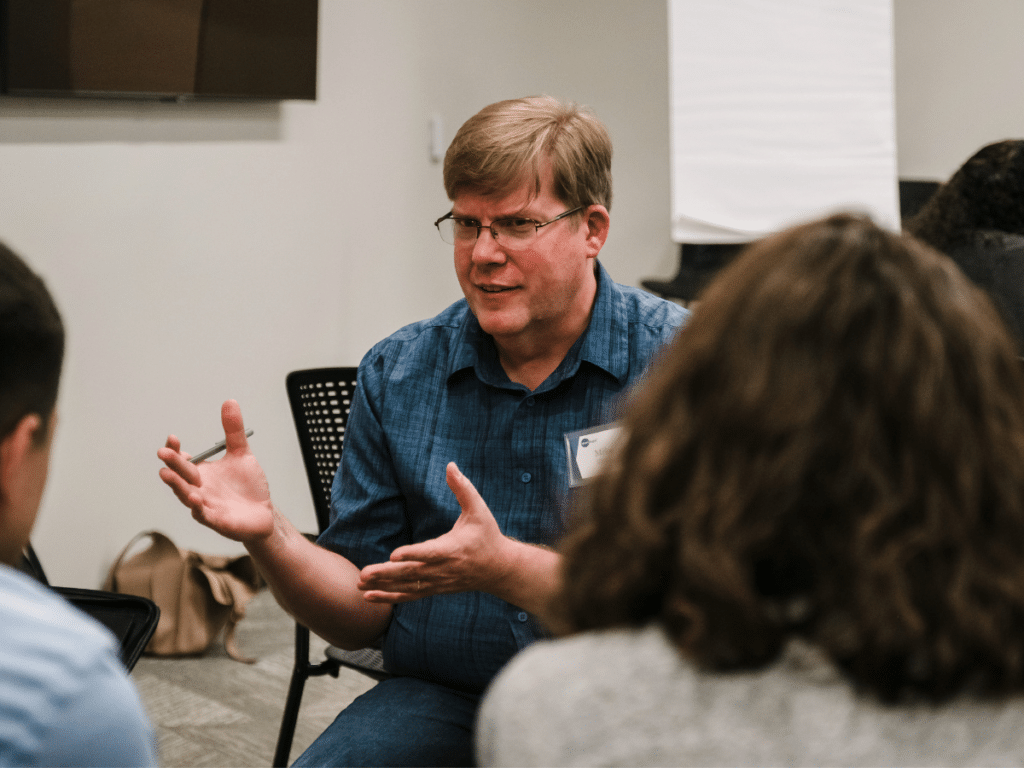
“Reprinted from Of Counsel by permission of the publisher, Wolters Kluwer.”
The only constant in life is that nothing is. Legal services are no exception. Currently, mergers and acquisitions are all the rage. In fact, consolidation has far-reaching effects across our industry—and not all to the good. Bigger isn’t always better.
As we learned during the pandemic, physical size can limit innovation, recruiting, customer service, and information security. As legal service providers continue to combine forces, legal professionals should consider how more agile organizations can provide a higher level of expertise free of the incessant distractions of the latest integration.
Call it the upside to constant consolidation. But first, let’s consider the downside.
How We Got Here
Consolidation in the legal industry mirrors what the accounting industry experienced just a few decades ago. In the 1980s, there were eight major accounting firms: Arthur Andersen LLP, Arthur Young, Coopers & Lybrand, Deloitte Haskins and Sells, Ernst & Whinney, Peat Marwick Mitchell, Price Waterhouse, and Touche Ross & Co. Now we have only the Big Four: Deloitte, Ernest & Young, KPMG, and PwC.
Today is the 1980s for legal providers. The industry began with several small players, and as those companies grew, many were acquired and then sold again. Fueled by the historically low cost of capital and aggressive growth rates, private equity investors’ appetites grew, prompting the next flip. And the next and the next. Consider these examples in eDiscovery:
• KLDiscovery notes on its “Our History” page that it is a consolidation of LDiscovery, Kroll Ontrack, AlphaLit, RenewData, FlashData Solutions, Turnstone Solutions, Credence Corporation, CopySecure, Elite Document Solutions, Oyez Legal Technologies, Ibas/Vogon, Engenium, Strategic Legal Solutions, Compiled, and Superior Document Services. KLD also merged with Pivotal Acquisition Corp in 2019—an appropriate middle name, there.
• HaystackID acquired Flex Discovery, Envision Discovery & Inspired Review, eTERA, Business Intelligence Associates (BIA) in 2022 as well as merged with NightOwl Global. Earlier this month, the company announced its acquisition of Business Intelligence Associates, “marking its fifth investment in four years,” according to the press release.
• Epiq Legal Services has lately been on an acquisition spree, picking up Fireman & Co. this year, Simplex Legal Services in 2021, Hyperion Global Partners in 2020, and H&A eDiscovery in 2019.
• Consilio’s M&A history goes back to 2015 when it separated from First Advantage and took on Shamrock Capital Advisers as its principal investor. Consilio then added Backstop LLP, Proven Legal Technologies, the Huron Legal practice, and EQD. In 2018, the growing conglomerate merged with Advanced Discovery with funding from a new private equity firm, GI Partners. Later that year, it acquired DiscoverReady. And last year, in partnership with PE groups Stone Point Capital and Aquiline Capital Partners, Consilio completed its merger with Xact Data Discovery.


